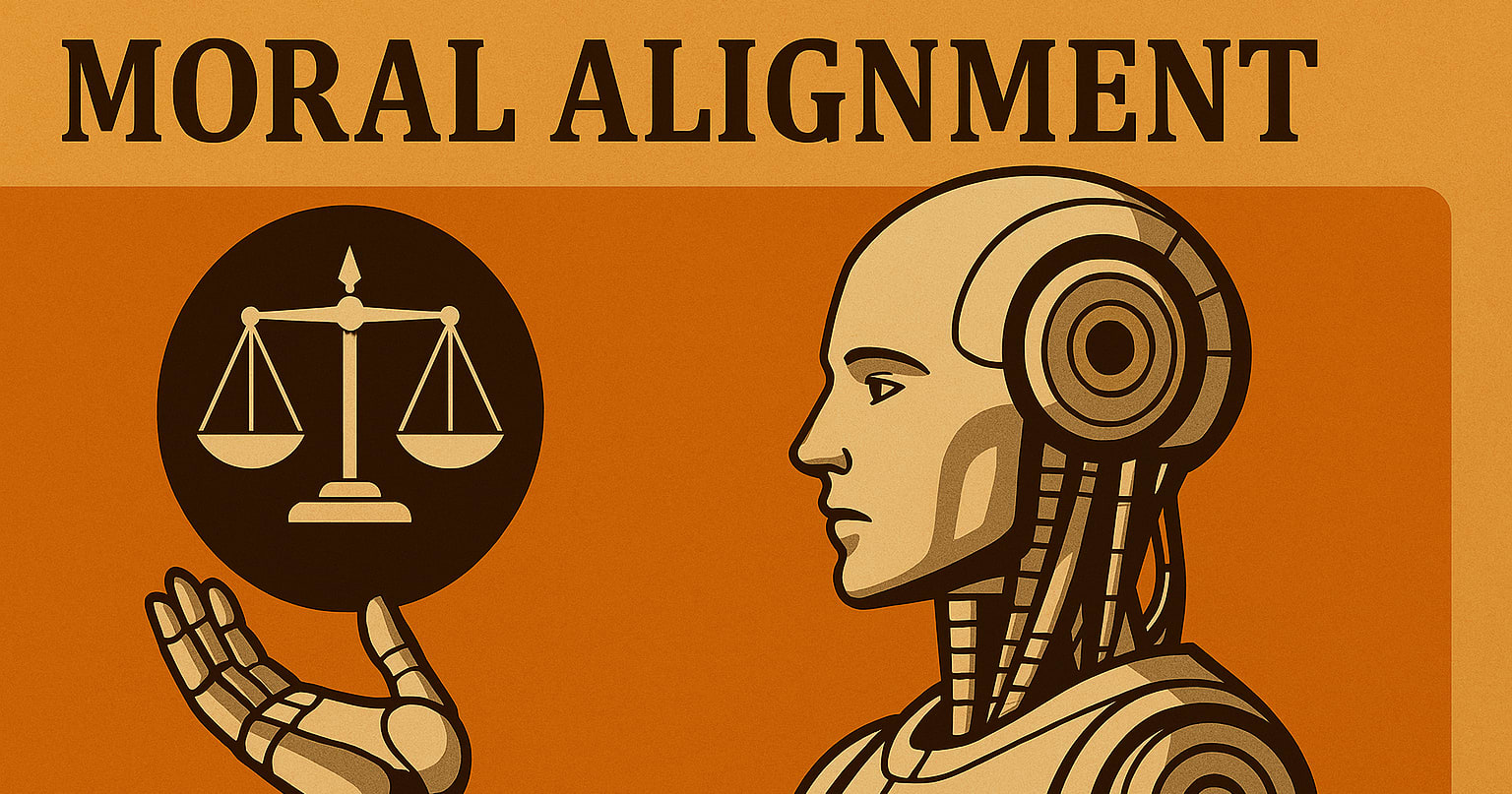Fortify Health appears to have received a new, $1-million GiveWell Incubation Grant in June 2019 (distinct from the ~$300,000 grant it received in June 2018). If I understand correctly, CEA’s Global Health and Development Fund has been the default funding source for GiveWell Incubation Grants since at least around that time. Was it the source of Fortify Health’s grant? (Fortify Health's blog post suggests that it was.) If so, is there any particular reason that isn’t reflected on the EA Funds website?
17
Reactions
1 Answers sorted by
Hi HStencil, Catherine from GiveWell here—you're right that the grant was made from the EA Fund for Global Health and Development. Our page publishing process can take a long time, so we haven't yet published our write-up on the grant on GiveWell.org, but we're planning to in the future. We expect that information to be shared on the EA Fund page once it is published.
Thanks HStencil for flagging this. As Catherine said, the process of publishing reports can take some time, which is why there's been a delay adding these grants to the EA Funds website. However in the interests of transparency I've added placeholder payout reports for both the Fortify Health grant, as well as another recent grant to One for the World which is also waiting on the full report. We'll update these reports as soon as GiveWell has completed their publication process.
Thanks for responding, Catherine and Sam (and also for posting those payout reports on EA Funds). I understand that the process of releasing a comprehensive write-up on each grant may take some time, but to me, it seems better (as policy) to at least let donors know about the existence of new grants within, say, 30 days of their being made than to not disclose them at all for months. I understand there are pitfalls to releasing the information that a grant was made without also explaining the process and justification behind it, but at least as I understand the relevant considerations, the benefits of doing so outweigh the harms.
On a related note, do you know whether the Global Health and Development Fund's balance figure on EA Funds has been accurate since June, even though these grants were not included on the website?
Okay, that makes sense – thanks for explaining.
One other thing: Any chance you or Catherine have an estimate of when we can expect a full write-up on the One for the World grant to be published? I'm curious mostly because it seems like a slightly atypical use of the Global Health and Development Fund (perhaps a better fit for the Meta Fund, from which One for the World received a grant earlier in the year).
Hi Catherine,
Thank you for your thoughtful responses and for getting the grant write-up online. After a busy holiday season, I just had a chance to go through it, and I appreciate the rationale provided therein.
I also noticed the update you mentioned to the Global Health and Development Fund’s webpage back in early December. While I’m grateful for the improved clarity with regards to the Fund’s current scope, my memory is that the previous webpage included language that specifically indicated the Fund would only be used to support direct work in global health and development, not movement-building work (e.g. in the section discussing why potential donors might not want to give to the fund). As a donor to the Fund with a strong preference to support direct work over movement-building work, this language was a part of the reason why I decided to support the Fund some time ago. While I am confident that this was not anyone’s intent, an outside observer might well infer that the webpage’s description of the Fund’s scope was updated in the wake of the One for the World grant as a means of shielding that grant from the scrutiny of donors who ha... (read more)




Hi HStencil, Catherine from GiveWell here—you're right that the grant was made from the EA Fund for Global Health and Development. Our page publishing process can take a long time, so we haven't yet published our write-up on the grant on GiveWell.org, but we're planning to in the future. We expect that information to be shared on the EA Fund page once it is published.
Hi Jack, thank you so much for your thorough response to my concerns. I have seen the additions to your website, and I think they’re great. I should also note that I think One for the World is doing laudable and important work. I did not intend to suggest otherwise. As you say, I believe you “could be seen” as a publicity effort for GiveWell, but I certainly do not believe that characterization accurately captures the full scope of your activities or of your role in the broader EA ecosystem. On a similar note, I apologize for missing t... (read more)